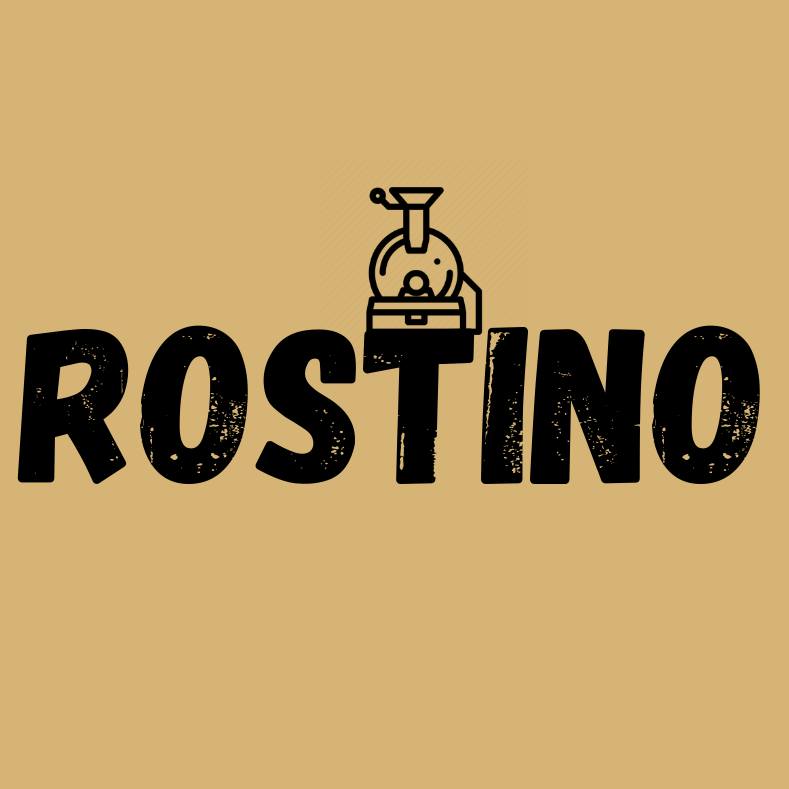When it comes to coffee roasting methods, there are two main approaches: traditional and modern. Both processes have their own unique techniques, resulting in distinct flavors and characteristics in the final cup of coffee. In this article, we will explore the differences between these roasting methods and how they impact the quality of the beans.
Traditional coffee roasting methods have been used for centuries and are deeply rooted in cultural and regional traditions. In this approach, coffee beans are typically roasted in small batches, using methods such as pan roasting or drum roasting. Pan roasting involves heating a metal pan over an open flame and manually stirring the beans to ensure an even roast. On the other hand, drum roasting involves a rotating drum that evenly distributes heat, allowing for a consistent roast.
One of the significant advantages of traditional coffee roasting methods is the preservation of unique regional flavors. These techniques are often passed down through generations, allowing for a deep understanding of the beans’ characteristics. Additionally, traditional methods allow for more control over the roasting process, resulting in distinct flavor profiles that are specific to a particular region or master roaster.
However, with the advancements in technology, modern coffee roasting methods have gained popularity due to their efficiency and consistency. Modern approaches, such as fluid bed or hot air roasting, utilize computer-controlled systems to precisely monitor temperature and airflow. This ensures an even roast and eliminates the need for manual intervention.
One of the significant advantages of modern coffee roasting methods is the ability to achieve greater consistency in flavor profiles. The controlled environment allows for precise adjustments in temperature, resulting in a more predictable outcome. Moreover, modern methods often produce a cleaner cup of coffee, with fewer impurities and a lighter body.
While modern roasting techniques provide more consistency, some argue that they can sometimes sacrifice the unique characteristics found in traditionally roasted coffee. The modern approach tends to result in a more standardized flavor profile, which may not capture the nuances and complexities that traditional methods can deliver.
In conclusion, both traditional and modern coffee roasting methods have their own merits and characteristics. Traditional approaches offer a connection to cultural heritage, preserving unique regional flavors, and allowing for more individualized roasts. Modern methods, on the other hand, provide consistency and efficiency, producing more predictable flavor profiles. Whether you prefer the depth of tradition or the reliability of the modern approach, coffee enthusiasts can appreciate the range of flavors and experiences that each method brings to the table.
——————-
Article posted by:
Rostino Roasters
https://www.rostinoroasters.com/
+905383607501
Turkey
Rostino Roasters
Professional coffee roasting machines

